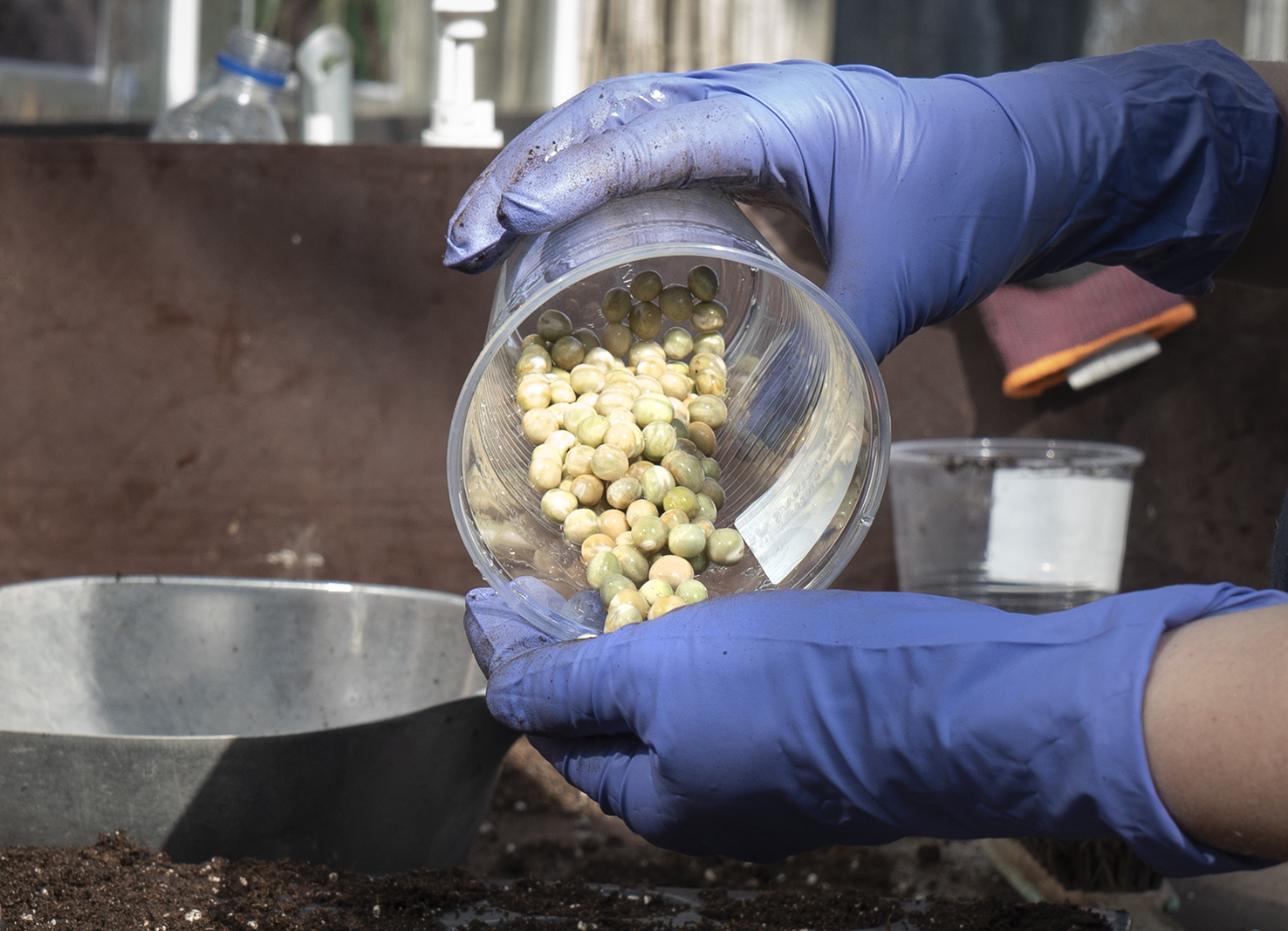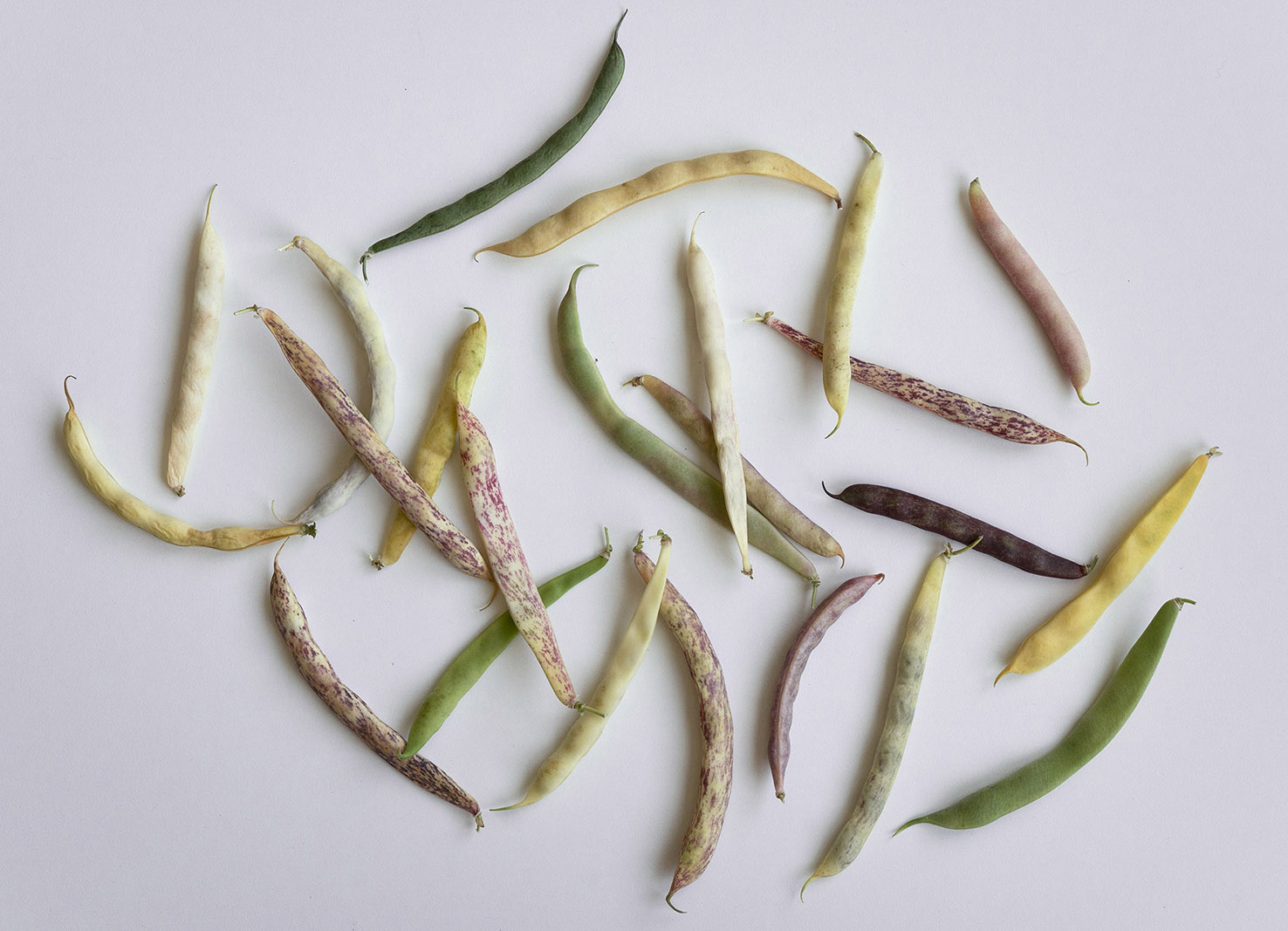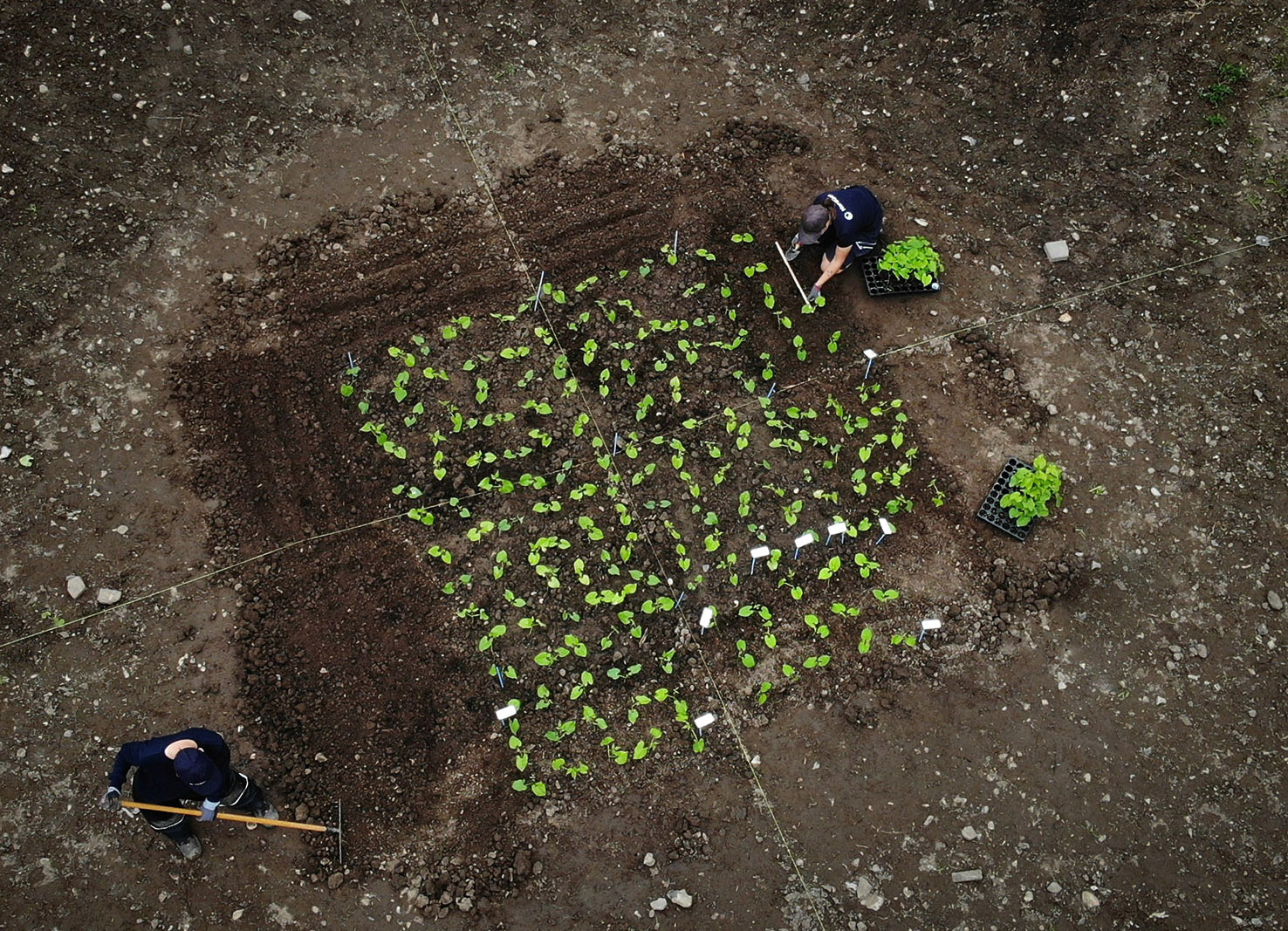
PLANTBASED PROTEIN
The impact of climate change is becoming increasingly clear for every year. As a result, the demand for plant-based protein food is on the rise, not least domestically produced.
The Nordic countries have a long cultivation tradition of grain legumes such as fava beans and peas. Given the increased interest, the future of Nordic cultivation of grain legumes should be bright. An enlarged domestic production would also contribute in a positive direction when it comes to Nordic food security being a climate-smart alternative to imported soybeans. In addition, grain legumes such as peas have the capacity of nitrogen fixation in the fields, a property with many benefits.
NordGen's collection includes fava beans, common beans, lentils and more than 2.000 accessions of peas – an asset that can be of importance for the future Nordic plant breeding. Below you can read more about some of our work with grain legumes.
Key Activities
Photo Documentation

In 2022, the photo documentation of NordGen's seed samples of grain legumes were completed. In total 2.227 accessions were photographed, 1.908 of these were peas. Thereby valuable information about the morphology of the original seed samples is now publicly available in the GENBIS database. In addition to being an asset for users of the genetic resources, the information is of greatest importance for internal quality assurance after regeneration of the accessions.
Nordic Bean Collection Characterized
During the year, NordGen joined the international EU research project INCREASE as a stakeholder. INCREASE aims at improving the sustainable use of plant genetic resources by enhancing the status of the genetic resources of four important food legumes: chickpea, common bean, lentil, lupin. Within the framework of the project, NordGen's entire collection of beans (145 accessions) were cultivated in the greenhouse for characterization.
Cross-Fertilization in Beans

In the summer, NordGen's working group for grain legumes conducted a pilot project with the purpose to find out if there is a safe distance to avoid cross-fertilization in common beans, information that can be valuable to bothgenebanks and seed producers. Beans with red stems were planted in a square as pollen doners and beans with green stems were planted at different distances from 0,25 to 24 meters. Two trials were situated in Sweden and one in Norway. At the end of the summer, the beans were harvested and germination tests were carried out to observe the coloration of the lower part of the lower parts of the stems of the new seedlings. A red lower part of a stem would tell that a cross-pollination had occurred. However, all germinated seedlings, from all distances at all three sites, had green lower part of the stems which indicates that no cross-pollination had taken place.
New Book About Nordic Peas
In the previous project Arctic Pea (conducted during 2017-2021), 50 accessions selected from NordGen's pea collection were evaluated in field trials at four different locations in the Nordic region: Tromsø (Norway), Umeå (Sweden), Jokioinen (Finland) and Taastrup (Denmark). For example, the results showed that no accessions managed to produce mature peas at the northernmost location but many accessions, most of them sugar peas (mainly landraces) with a northern origin did well and managed to produce a green harvest (pod and unripe seeds) that could be consumed as a vegetable. In 2022, the histories of these 50 pea varieties were gathered in a popular scientific book together with evaluation results from the field trials. In addition, the history of pea cultivation and breeding in the Nordic region and information about the Arctic Pea project are included. The book “Nordiska ärter – 50 traditionella sorter” is now available in NordGen’s webshop.
